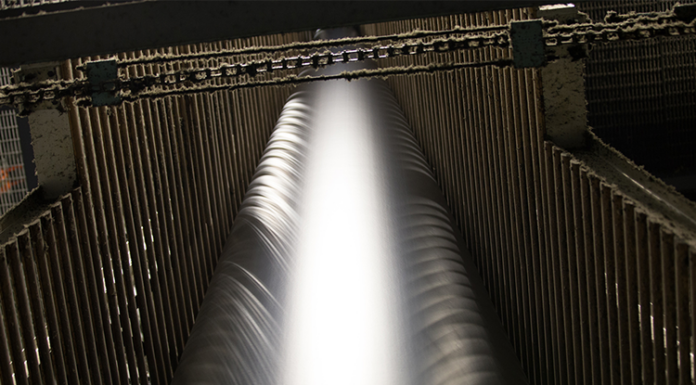Industries around the world have danced with nanotechnology for years, trying to create commercially scalable materials, such as with the addition of graphene to enhance a product’s performance. Geosynthetics is one of those fields. Dr. Ian D. Peggs, who retired not long ago after a long and very influential career, strongly advocated for nanotechnology from the early 2000s. With his barriers expertise, he emphasized the enormous potential for supporting leak location technologies, stress crack resistance, and durability in geosynthetics.
Laboratory studies certainly supported enthusiasm.
International Geosynthetics Society (IGS) luminary Prof. Han-Yong Jeon’s laboratory at INHA University (Korea), for example, were exploring nano-tube and affiliated nanotech fusion in geosynthetic material design and performance in the mid-2000s.
By the early 2010s, Groupe CTT and SAGEOS in Canada were investigating nanotechnology and polymer modification in geosynthetics and beginning to publish about the potential, including with HDPE geomembranes.
Also in the 2010s, Australia-based Geofabrics Australasia revealed its innovative bidim® C Range of geotextiles, the world’s first commercial conductive geotextile. The company noted the enhanced material’s lower cost means for facilities to deploy powerful leak location surveys. Applications benefiting from this option have included landfills, tailings dams, coal gas seam pits, and water storage facilities.
Imagine Intelligent Materials, also based in Australia, was one of the graphene companies who helped push geosynthetic manufacturers to more closely explore graphene coatings in large-scale production. The company was acquired in early 2022 by Ionic Industries, further helping advance the availability and scalability of graphene and other nanotechnologies for material development.
MORE GEO: Waterproof Membranes 2022 Focused on Sustainability & Standardization
HOW GRAPHENE REVOLUTIONIZES GEOSYNTHETICS
In 2019, Dr. Peggs wrote a column for Geosynthetica on the coming impact of graphene on the field. He wrote:
We are truly on the verge of a significant leap in geosynthetic performance. The enabler? Graphene. That single layer of carbon atoms has a specific strength higher than steel. It is self-repairing and has higher electrical conductivity than copper. It is even impermeable to helium atoms! Nanogeocomposites are the wave of the future.
He was speaking from nearly 20 years of involvement with field colleagues who researched nanotech in materials development. Dr. Peggs had long maintained close connections with practitioners in South Korea, Australia, and Canada—perhaps the three countries that have been the most influential in R&D with nanotechnology and geosynthetics.
Earlier this year, Montreal-headquartered Solmax, the largest geosynthetics producer in the world, announced a major deal with leading graphene supplier NanoXplore. NanoXplore is believed to be the world’s largest producer of graphene powder, which it provides to various industries in standard and custom graphene-enhanced plastic and composite products.
The two companies had spent five years collaborating until they hit upon a product that Solmax says will be a “first-of-its-kind” in the environmental infrastructure market. Solmax secured a blanket purchase order with NanoXplore to formalize the commercial development of the new material.
Graphene has a lot of characteristics to add to geosynthetics. Some of the qualities that may be enhanced by graphene’s addition to product formulation include:
- Thermal conductivity: heat removal
- Electrical conductivity: geomembranes, geotextiles, geogrids
- Hydrophilic performance
- Hydrophobic performance
- Antimicrobial performance: geotextile filter clogging prevention
- Strength with weight reduction
- Strength with ductility
- Sense: stress, temperature, moisture
- Water purification
- Precipitation from solutions
- De-watering
- Water stabilization
- Big data collection/interpretation
- Self-sealing in the presence of carbon












